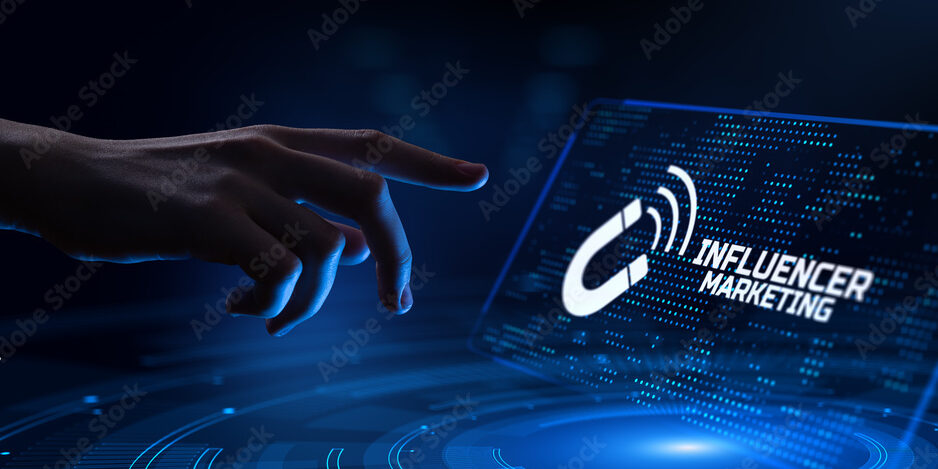In the world of influencer marketing, leveraging AI (Artificial Intelligence) and data analytics is a game-changer. These technologies offer invaluable insights, automation, and efficiency, ultimately helping brands and marketers make informed decisions and maximize the impact of their influencer campaigns.
1. Audience Segmentation
AI can analyze vast amounts of data to precisely segment the target audience. This ensures that influencers are chosen based on their alignment with the brand’s target demographics and psychographics, significantly enhancing the likelihood of reaching the right audience.

2. Influencer Selection
AI algorithms play a pivotal role in influencer selection by evaluating potential influencers’ engagement rates, authenticity, reach, and past performance. Machine learning models can even predict an influencer’s potential impact on a campaign based on historical data.
3. Content Optimization
AI-powered content analysis tools are capable of evaluating the effectiveness of influencer-generated content. They provide insights into which types of content perform best, allowing for real-time adjustments to optimize campaign messaging.
4. Sentiment Analysis
Natural Language Processing (NLP) techniques are employed to analyze the sentiment of comments, mentions, and conversations related to the campaign. This helps brands understand how the audience is reacting and whether adjustments are needed.
5. Performance Tracking
AI and data analytics enable real-time monitoring of key performance indicators (KPIs). This includes tracking metrics like engagement rates, click-through rates, conversions, and ROI. AI can provide predictive analytics to estimate future performance based on current trends.
6. Fraud Detection
AI can help identify fake influencers or fraudulent engagement, ensuring campaign authenticity and that brands receive the value they expect.

7. Optimal Posting Times
AI analyzes historical data to determine the best times for influencers to post content, maximizing reach and engagement. This aids in scheduling posts for optimal impact.
8. A/B Testing
Machine learning facilitates A/B testing by comparing different influencer strategies, content variations, or posting schedules to identify what works best for the target audience.
9. Budget Allocation
Data analytics informs budget allocation decisions by highlighting which influencers or channels deliver the best results. Brands can then allocate resources more effectively.
10. Predictive Analytics
AI predicts future trends and audience behavior, helping marketers stay ahead of the curve and adjust influencer campaigns accordingly.
11. Personalization
AI enables personalized influencer campaigns by tailoring content and messaging to individual audience segments, enhancing engagement and conversion rates.
12. Content Creation Assistance
AI-powered tools assist influencers in generating content, suggesting captions, hashtags, and even editing images or videos for optimal performance.

13. Compliance and Ethics
AI ensures influencer compliance with advertising regulations and brand guidelines by flagging potentially problematic content.
14. Feedback Loops
Data analytics create feedback loops that inform future influencer selection and campaign strategy, enabling continuous improvement.
In conclusion, AI and data analytics are indispensable in optimizing influencer campaigns. They provide the means to analyze, optimize, and measure campaign effectiveness, ensuring that resources are used efficiently, campaigns are data-driven, and brands can achieve their marketing goals while maintaining authenticity and transparency in their influencer partnerships
